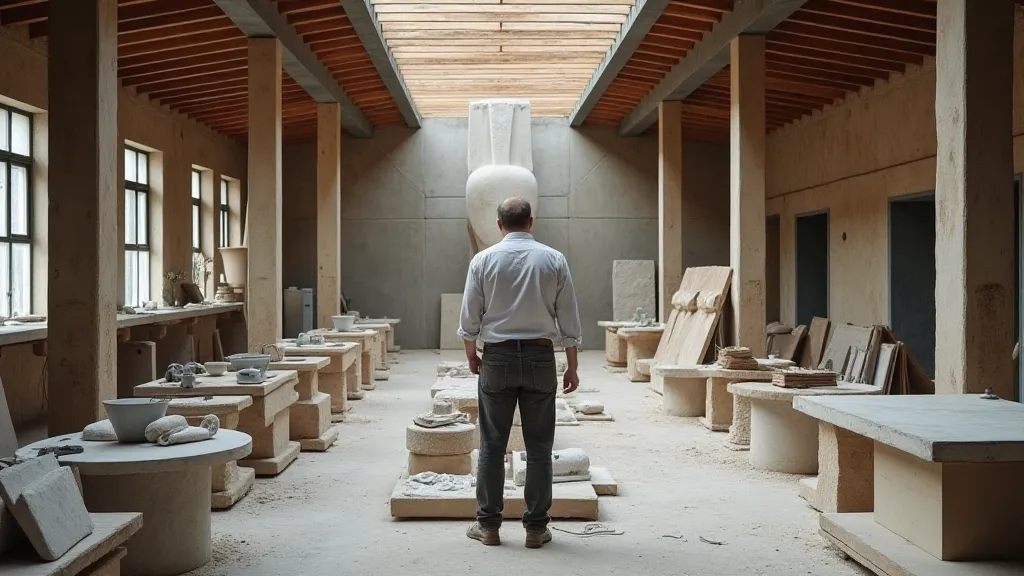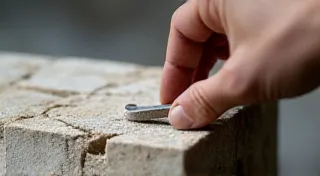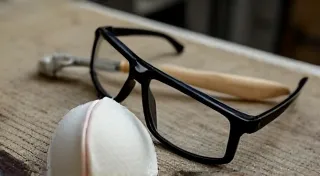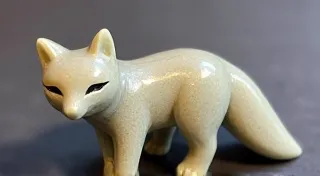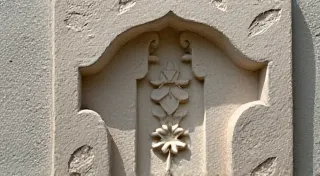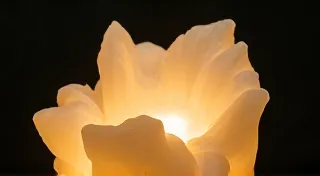Modern Stone Carving Techniques: Power Tools and Innovations
For millennia, stone carving has been a labor of patience, skill, and incredible physical strength. The image of the artisan meticulously chipping away at a block of stone with hand tools is deeply ingrained in our understanding of this ancient art form. While those traditional methods remain vital and beautiful, the 21st century has witnessed a revolution in stone carving, driven by advancements in power tools and innovative techniques. This article explores how modern technologies are transforming the art, opening up new creative possibilities and allowing artists to realize visions that were previously unimaginable.
The Rise of Power Tools in Stone Carving
The introduction of power tools has significantly altered the landscape of stone carving. While electric tools have been utilized in industrial stone working for decades, their adoption by fine artists is a relatively recent phenomenon. Initially met with some resistance from traditionalists, power tools are now widely accepted and embraced as valuable tools in the sculptor’s arsenal. Understanding the necessary safety precautions when using these powerful tools is critical; for comprehensive guidelines, be sure to check out “Safety First: Stone Carving Safety Guidelines”.
Pneumatic Tools: The Workhorses
Pneumatic tools, powered by compressed air, are arguably the most prevalent type of power tool used in contemporary stone carving. They offer a considerable advantage – a high power-to-weight ratio and the ability to operate in areas with limited electrical access. Here’s a look at some key pneumatic tools:
- Angle Grinders: These versatile tools are equipped with a rotating disc that can be fitted with various cutting, grinding, and polishing wheels. They are essential for initial shaping, removing large amounts of material, and refining surfaces.
- Die Grinders: Smaller and more precise than angle grinders, die grinders are ideal for detail work, cleaning up seams, and creating intricate textures. They accept a wide range of burrs and rotary tools.
- Rock Grinders (Rotary Hammers): These powerful tools deliver rapid, percussive blows, making them suitable for aggressive material removal, especially in harder stone types like granite and basalt.
- Needle Scalers: Used for removing surface coatings, rust, and adhering material.
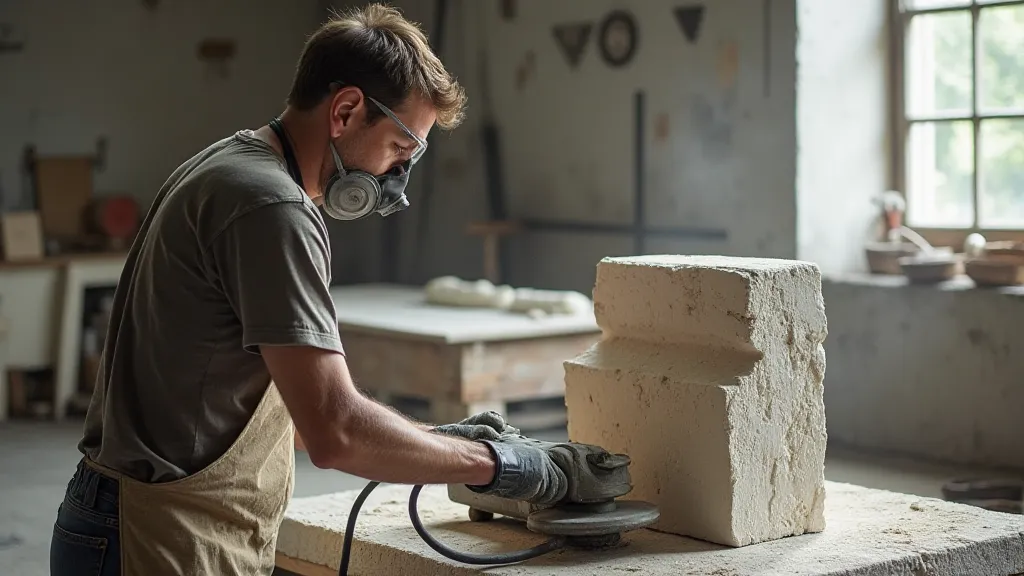
Electric Tools: Convenience and Precision
Electric tools offer the advantage of readily available power and often boast greater precision and control compared to their pneumatic counterparts. While they require access to electricity, their ease of use and variable speed options make them attractive to many sculptors. Before diving in, consider the range of Essential Stone Carving Tools and Equipment available to get started.
- Electric Rotary Tools (e.g., Dremel): Offering a vast array of bits and attachments, these tools are fantastic for fine detail work, engraving, and polishing.
- Electric Angle Grinders: Similar to pneumatic versions but often with more precise speed control.
- Electric Carving Machines: Newer technologies providing greater control and reduced fatigue during long carving sessions.
Innovative Techniques Leveraging Power Tools
The introduction of power tools hasn't just been about speed; it’s fostered the development of entirely new sculpting techniques.
CNC (Computer Numerical Control) Stone Carving
CNC technology has arguably been the most disruptive innovation in modern stone carving. These machines utilize computer programs to control the movement of cutting tools, allowing for the creation of highly complex and precise forms. While concerns about the “artistic” aspect sometimes arise, CNC technology offers significant benefits:
- Reproducibility: CNC machines can precisely replicate sculptures, making them ideal for creating editions or restoring damaged artwork.
- Complex Geometry: They can carve intricate and organic shapes that would be nearly impossible to achieve with traditional methods.
- Collaboration: CNC technology often involves a collaborative process between the sculptor (who designs the model) and a fabricator (who operates the machine).
It’s important to note that CNC carving is often used as part of a larger process. Sculptors frequently use CNC machines to rough out a form, which is then refined and finished by hand.
Diamond Point Carving
Diamond point carving is a technique gaining popularity for its ability to create incredibly detailed and textured surfaces. It involves using a diamond-tipped tool attached to a hand-held grinder to "draw" lines and patterns directly onto the stone. This technique allows artists to create a wide range of textures, from subtle grain patterns to highly detailed relief carvings. This technique requires a strong understanding of stone properties and careful planning; imagine the possibilities after successfully completing a Simple Stone Carving Project: A Stone Animal!
3D Modeling and Scanning
The combination of 3D modeling software and stone carving techniques has opened up incredible creative avenues. Sculptors can now design their sculptures in a virtual environment, experiment with different forms, and then translate those designs into physical reality using a combination of traditional and modern tools. The artistry doesn’t stop at the design phase – inspiration can be drawn from the masters of stone carving throughout history; explore the works of others for added depth and understanding.
3D scanning technology also allows artists to capture existing sculptures or architectural elements, allowing for replication, restoration, or the creation of derivative works.
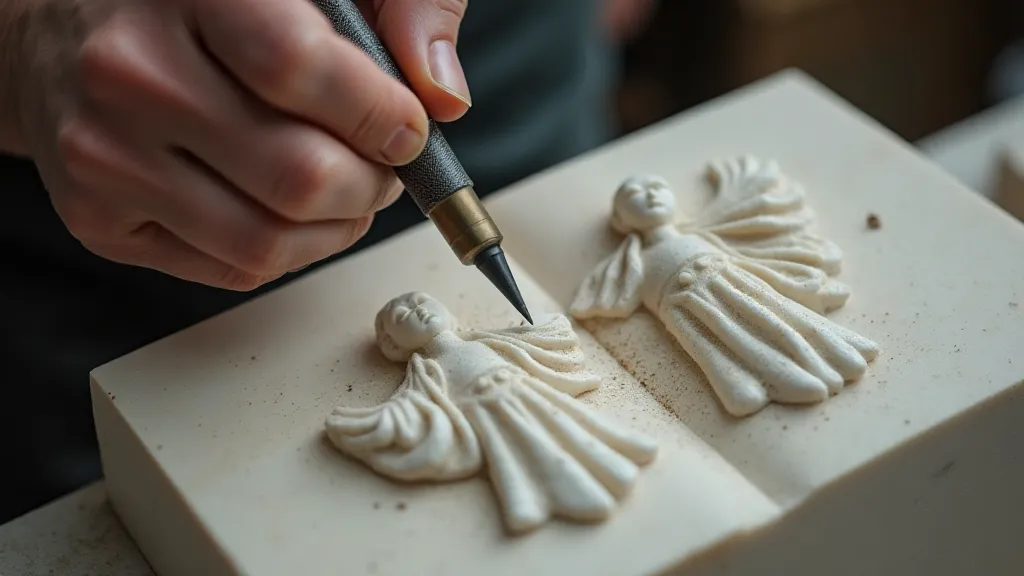
The Evolution of Safety Measures
The introduction of power tools in stone carving has necessitated significant advancements in safety protocols. Sculptors now routinely utilize:
- Dust Masks and Respirators: Stone dust can be harmful to the respiratory system.
- Safety Glasses and Face Shields: To protect eyes from flying debris.
- Hearing Protection: Power tools can generate significant noise.
- Gloves: To improve grip and protect hands from cuts and abrasions.
- Proper Ventilation: To remove dust and fumes from the workspace.
The Future of Stone Carving
The fusion of traditional artistry and modern technology is constantly reshaping the landscape of stone carving. We can expect to see continued advancements in:
- Robotics: Robotic arms equipped with carving tools could automate certain aspects of the process, allowing sculptors to focus on design and creative direction.
- Advanced Materials: The development of new stone-like composite materials could offer artists greater flexibility and design possibilities.
- Artificial Intelligence: AI could be used to optimize cutting paths, predict material behavior, and even assist in the design process.
- Enhanced Inspiration: Seeking inspiration is a lifelong journey for any artist. Examining the works of other masters can unlock new perspectives and techniques. Consider the approach taken by previous generations of stone carvers to gain a fresh insight and Inspiration from Stone Carving Masters.
Ultimately, the core principles of stone carving – the understanding of material properties, the appreciation of form, and the mastery of technique – remain essential. Modern tools are simply expanding the possibilities for artists to realize their vision and push the boundaries of this ancient and enduring art form.
